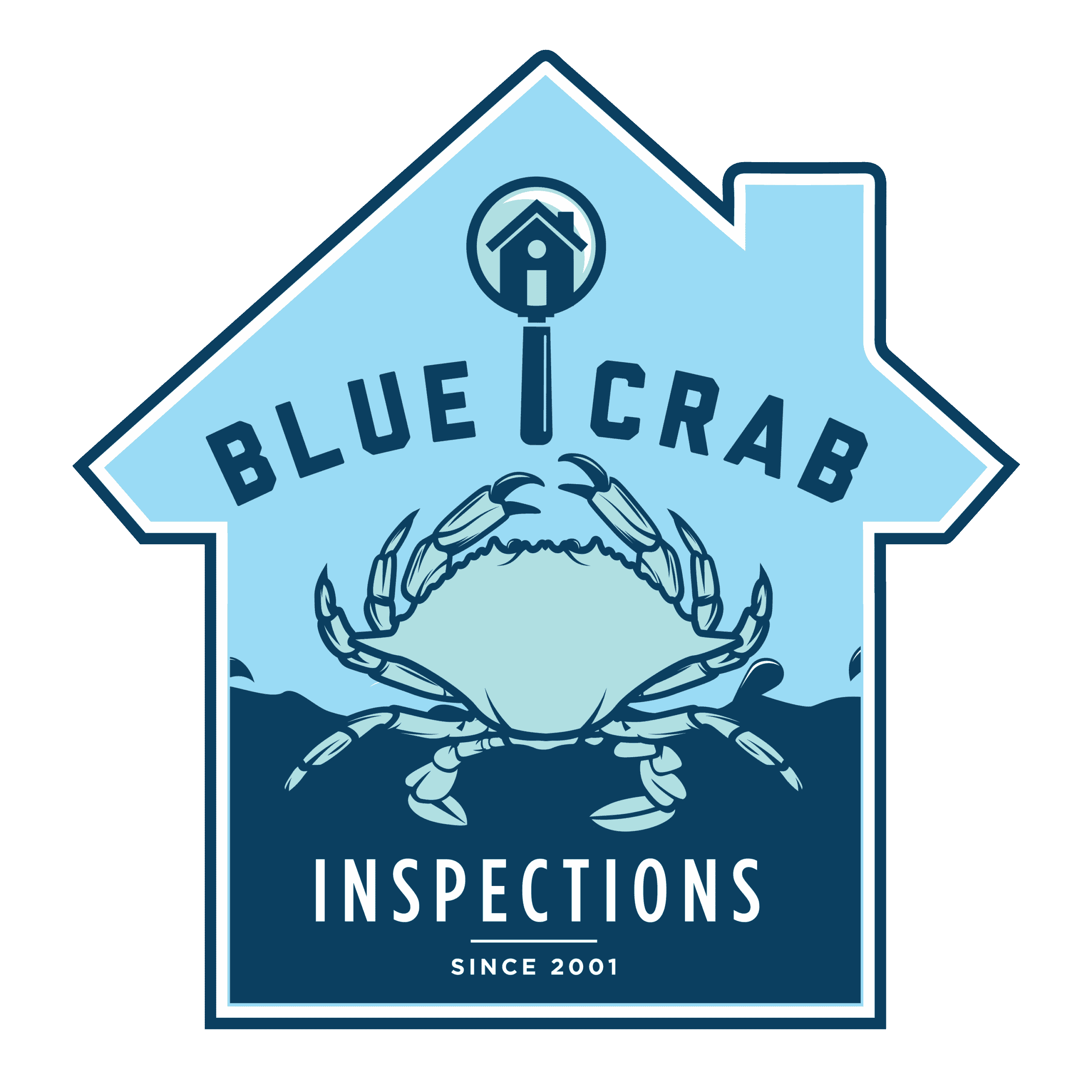Molds are part of the natural environment and are a member of the fungi family. Molds can be everywhere; there are over 1,000 species of mold in the United States of America alone. Molds play an important role in nature by breaking down organic matter and instrumental in medicines and food production. Molds grow practically every where as long as there is moisture, oxygen, and an organic food source. Molds reproduce by creating tiny spores that are usually not a problem until the spores land inside a house and begin to grow.
Mold Inspection
What is Mold?
Mold Inspections
Testing for mold consists of a visual inspection looking for signs of biological growth, moisture, and temperature readings. The two most common types of sampling are an air quality sample and a surface sample. While these tests are not similar they can be used in conjunction with each other to better investigate the type and scope of the mold growth.
Air sample
This is the most common way to test for mold as it covers the most area. This method uses a set volume of air to pass through a sticky surface that the mold adheres to. An advantage to this method is that it can cover a large area of the home and can collect spores that are present in the air that not visible to the eye.
Surface sample
This is typically done at an area with visible discoloration, or specific areas of concern. Once the samples are taken they are sent to a third party lab to be review to determine the exact spore counts and types of spores. When done the Lab will email an easy to read and understand report. Types of surface sampling:
- Bulk Sample: An actual piece of the suspected area is removed and sent to the lab for testing.
- Swab Sample: The suspected area of concern is rubbed with something similar to a cotton swab. The sample is then sealed and sent to the laboratory for testing.
- Tape Sample: I piece of clear tape is used to press against the suspected area and then is lifted off while removing samples of the growth in concern. The sample is then sealed and sent to the laboratory for testing.


The Dangers of Mold
According to the CDC Some people are sensitive to molds. For these people, exposure to molds can cause symptoms such as nasal stuffiness, eye irritation, wheezing, or skin irritation. Some people, such as those with serious allergies to molds, may have more severe reactions. Severe reactions may occur among workers exposed to large amounts of molds in occupational settings, such as farmers working around moldy hay. Severe reactions may include fever and shortness of breath. Some people with chronic lung illnesses, such as obstructive lung disease, may develop mold infections in their lungs.

